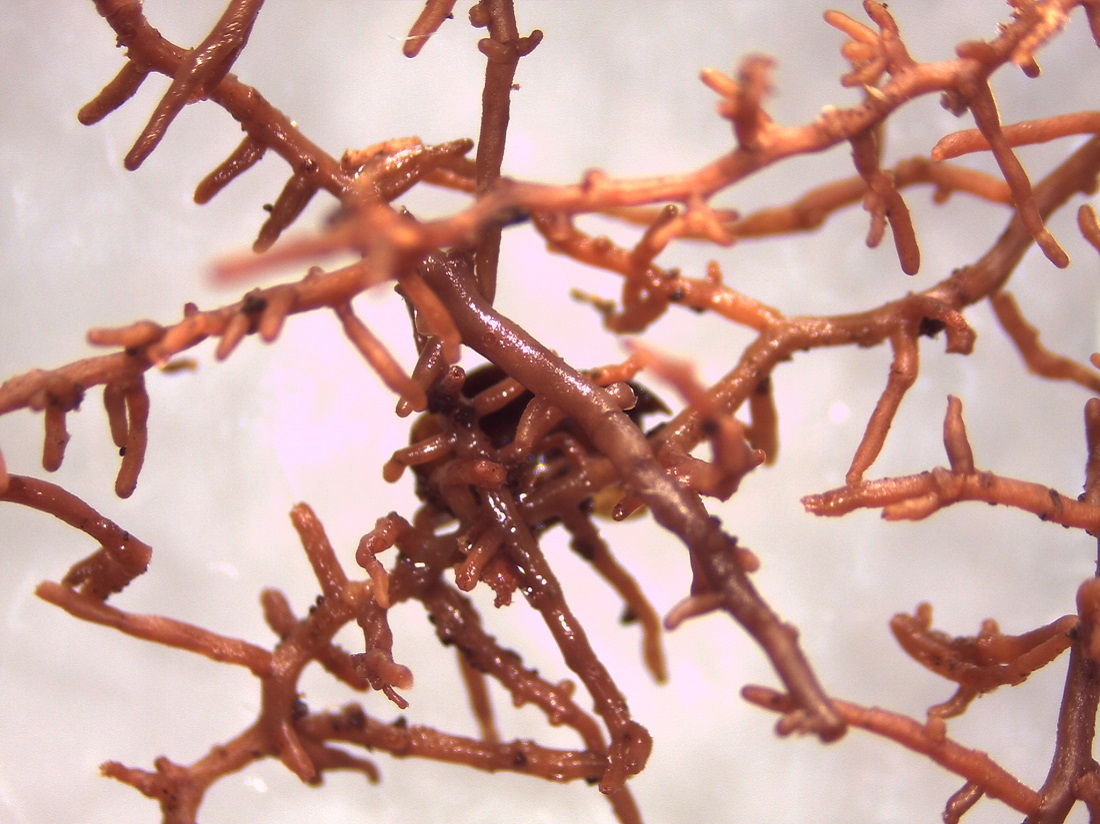 Oak trees change their fine roots and ‘energise’ soil microbes by supplying them with a cocktail of small organic compounds, all to supplement the trees’ supply of essential nutrients when exposed to higher levels of carbon dioxide. Researchers at the unique University of Birmingham Institute of Forest Research’s Free Air CO2 Enrichment (BIFoR-FACE) outdoor forest research facility discovered that trees growing in a CO2-rich atmosphere tactically choreograph in-soil trading of carbon for nutrients through “do it yourself” and “outsourcing” strategies.Perspex-sided root boxes, buried in the forest, allowed scientists at BIFoR-FACE access to the soil and roots below giant ~180 years old English oak trees growing in what is expected to be a mid-21st-century atmosphere; that is, an atmosphere containing over a third more CO2. The trees demonstrated their ability to respond to the change of atmosphere by adjusting multiple carbon investment strategies for sourcing soil nutrients.
Oak trees change their fine roots and ‘energise’ soil microbes by supplying them with a cocktail of small organic compounds, all to supplement the trees’ supply of essential nutrients when exposed to higher levels of carbon dioxide. Researchers at the unique University of Birmingham Institute of Forest Research’s Free Air CO2 Enrichment (BIFoR-FACE) outdoor forest research facility discovered that trees growing in a CO2-rich atmosphere tactically choreograph in-soil trading of carbon for nutrients through “do it yourself” and “outsourcing” strategies.Perspex-sided root boxes, buried in the forest, allowed scientists at BIFoR-FACE access to the soil and roots below giant ~180 years old English oak trees growing in what is expected to be a mid-21st-century atmosphere; that is, an atmosphere containing over a third more CO2. The trees demonstrated their ability to respond to the change of atmosphere by adjusting multiple carbon investment strategies for sourcing soil nutrients.